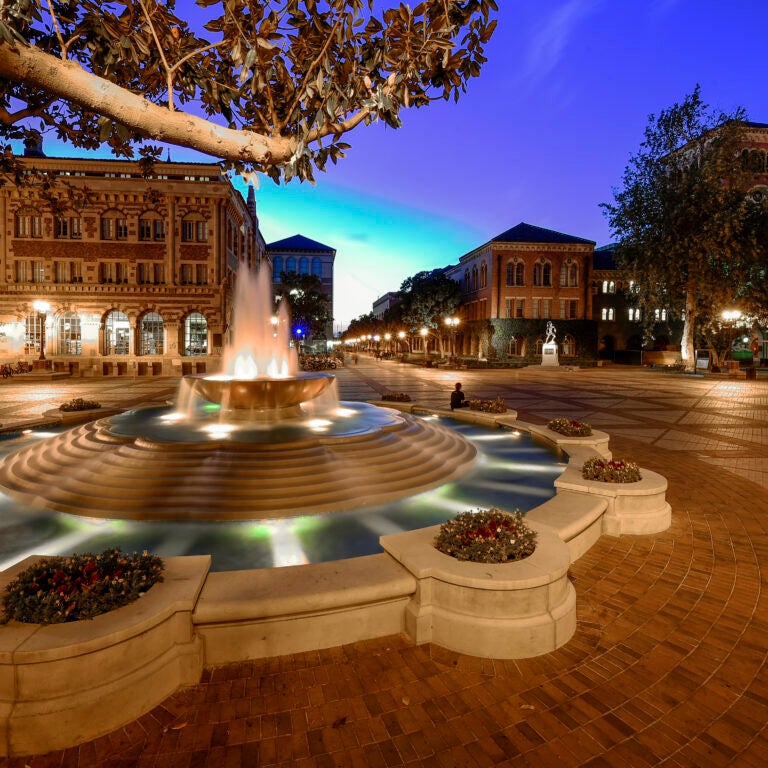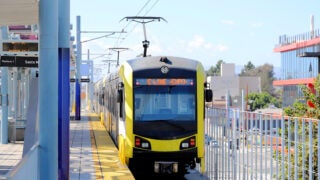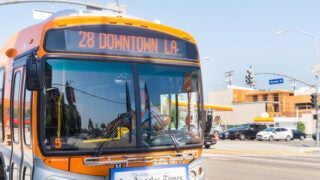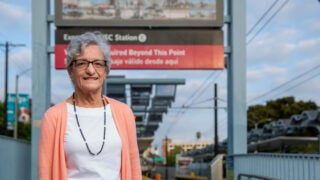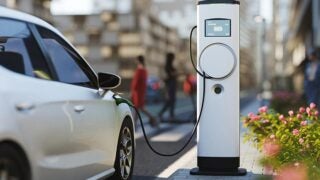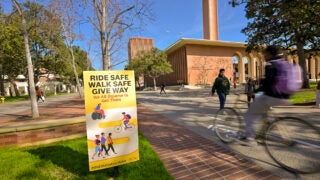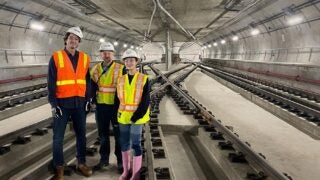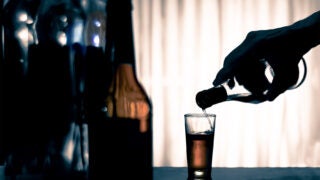Marlon Boarnet, director of the METRANS Transportation Consortium, explains what the measure will mean for L.A.’s streets.
Transportation
News Listing
Program allows graduate and undergraduate students to get around Los Angeles at no extra cost.
USC Price experts and others in transit and law enforcement examine public safety concerns on L.A.’s public transit system.
USC experts flag hazards ahead of state and federal emissions caps and a surge in the number of electric vehicles on the road.
TITLE IX: The former METRANS Transportation Consortium director has seen progress toward gender equality since the passage of Title IX, but observes there is still room for improvement.
The METRANS Transportation Consortium will lead the U.S. Region 9 research, education and technology transfer program.
Researchers from the Keck School of Medicine of USC conducted one of the first-ever studies showing that electric cars are associated with real-world reductions in both air pollution and respiratory problems.
Student-driven campaign is part of the university’s ONE USC Safety Vision, which aims to create a safe and inclusive environment for all members of the USC community.
The Master of Planning graduate works for infrastructure giant AECOM, where she consults on projects around the world — including the 2028 Los Angeles Olympics.
Researchers at Keck Medicine of USC say the established waiting list inclusion/exclusion criteria warrant a closer look.
